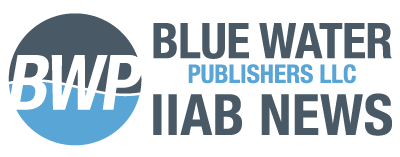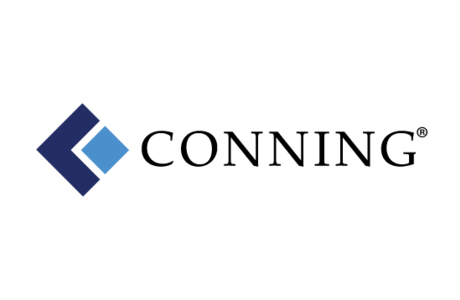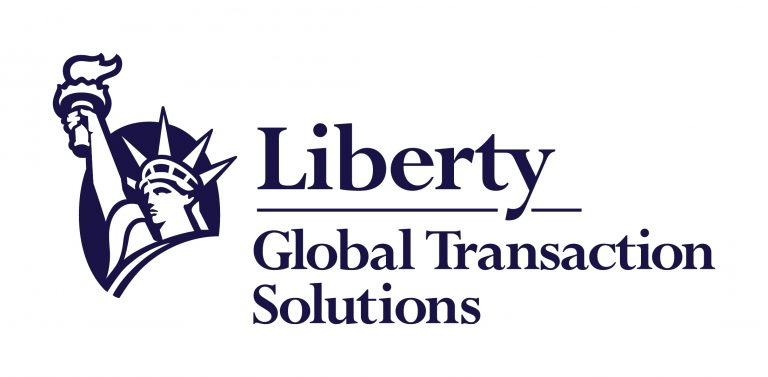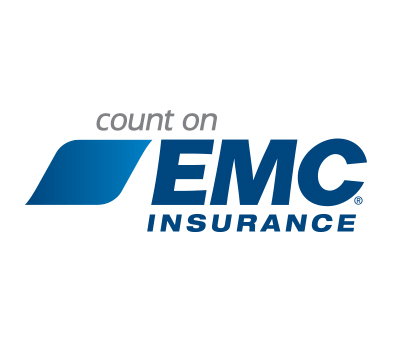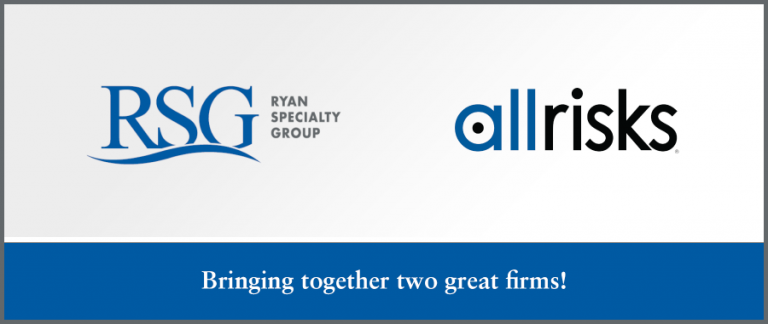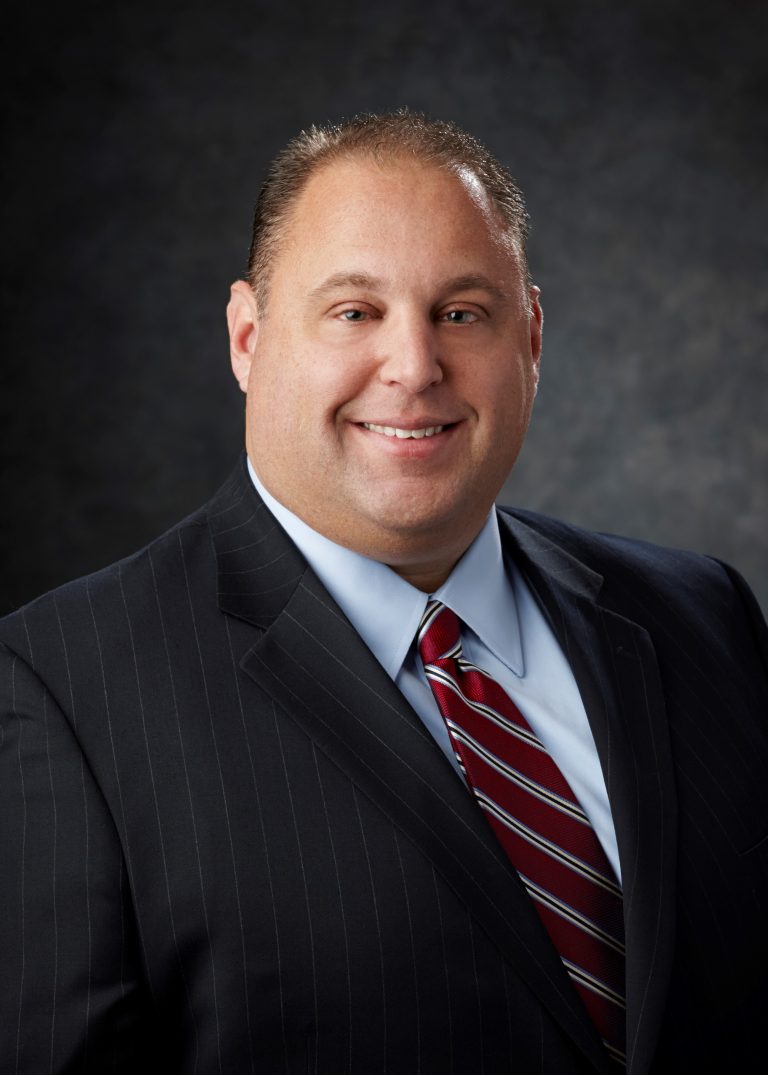Conning, a leading global provider of risk and capital management software and professional services to the financial industry, has been chosen by the National Association of Insurance Commissioners (NAIC) to provide its award-winning* GEMS® Economic Scenario Generator scenario files for use in calculations of life and annuity statutory reserves and capital under the NAIC RBC requirements.
Economic scenario generators allow users to simulate future states of the global economy and financial markets, and this information can give insurers more confidence as they plan for their future reserves and capital needs. Conning’s tool uses advanced modeling and estimation technology to produce empirically validated, realistic economic behavior.
“We are pleased to partner with the NAIC on this initiative,” said Woody Bradford, Conning’s CEO and Chair of the Board. “Our 10 years of experience in providing this software to our insurance and pension clients globally has guided the development of our robust capabilities. We are also offering the expertise of our outstanding software services team to help the NAIC and insurers get the most out of these powerful datasets.”
Conning will provide the NAIC with updated real-world scenarios modeling interest rates, equities and other economic factors, and provide full documentation and training materials for regulators and insurers. The firm will also work with the NAIC to review proposed changes and implement those adopted by regulators.
ABOUT CONNING
Conning (www.conning.com) is a leading investment management firm with a long history of serving the insurance industry. Conning supports institutional investors, including pension plans, with investment solutions and asset management offerings, risk modeling software, and industry research. Conning’s risk management software platform provides deeper insights for decision making, regulatory and rating agency compliance, and capital allocation. Founded in 1912, Conning has investment centers in Asia, Europe and North America.
About Conning’s Risk Management Software
Conning’s risk management software platform includes GEMS® Economic Scenario Generator, FIRM® Portfolio Analyzer, ADVISE® Enterprise Risk Modeler, and Cloud-IO™, and provides deeper insights for decision making, regulatory and rating agency compliance, and capital allocation.
ADVISE®, FIRM®, and GEMS® are registered trademarks in the U.S. of Conning, Inc. Copyright 1990-2020 Conning, Inc. All rights reserved. ADVISE®, FIRM®, and GEMS® are proprietary software published and owned by Conning, Inc.
*Stress Scenarios Software of the Year, InsuranceERM Americas Awards 2020
